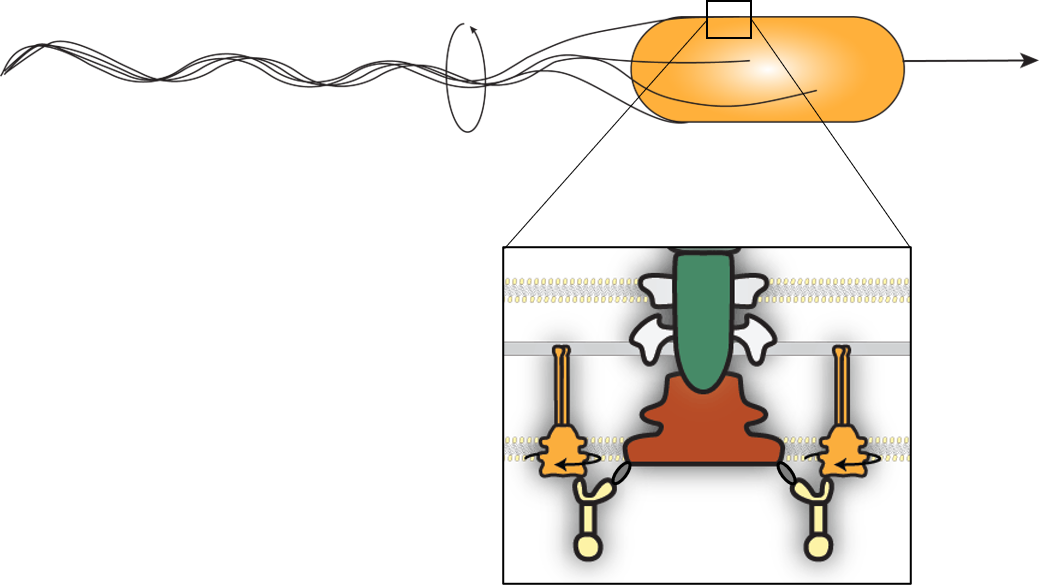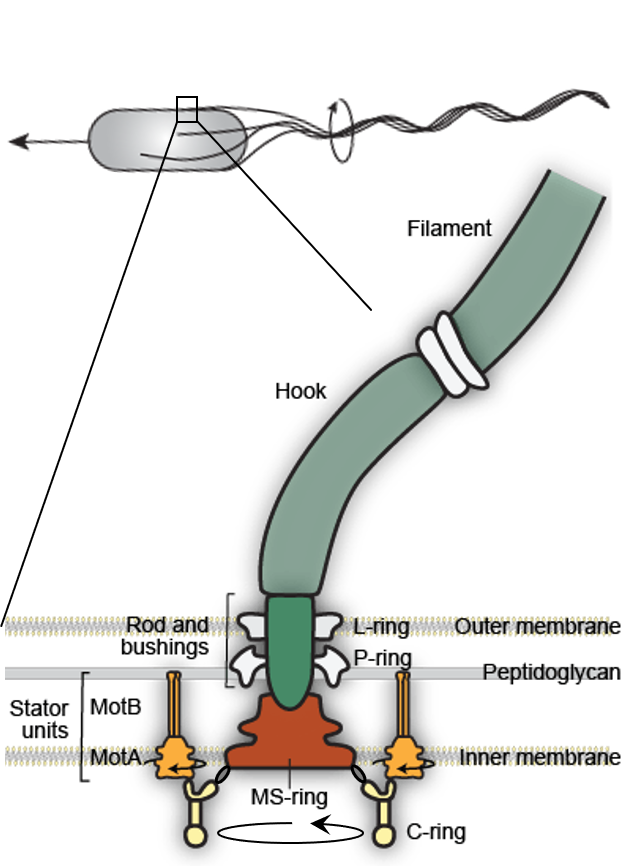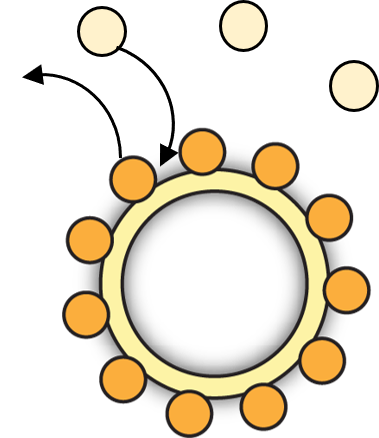Artwork: Dan Nowakowski/Nicholas Taylor
Mechano-adaptation in a large protein complex
GRC Stochastic Physics in Biology, Ventura, CA
Navish Wadhwa
Harvard University
slides for this talk: WadhwaLab.com/talks
Acknowledgements
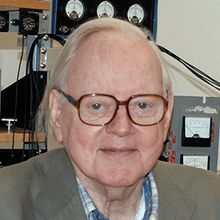
Howard Berg (Harvard)

Yuhai Tu (IBM)

Rob Phillips (Caltech)
Alberto Sassi (IBM)
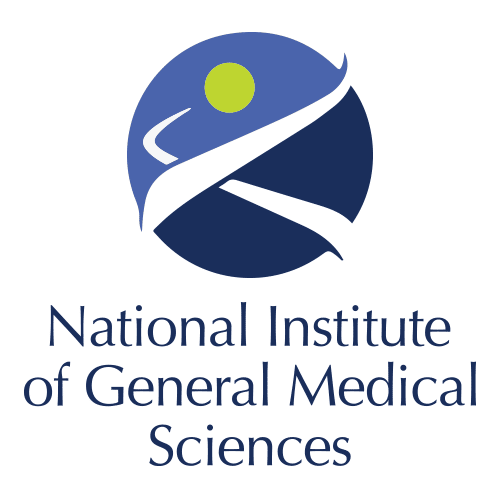
K99/R00: GM134124
Many bacteria swim by rotating helical flagella
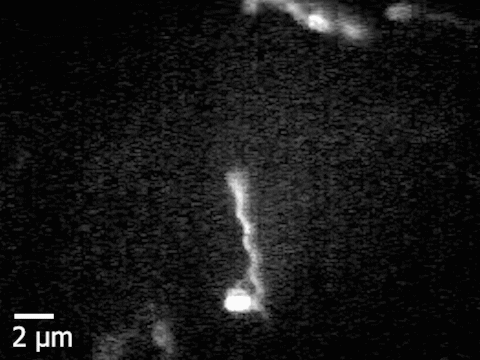 Slowed down 20 times
Slowed down 20 times

A nanoscale motor powers flagellar rotation
Automatic gearshift in cars allows the engine to adapt to changing terrains
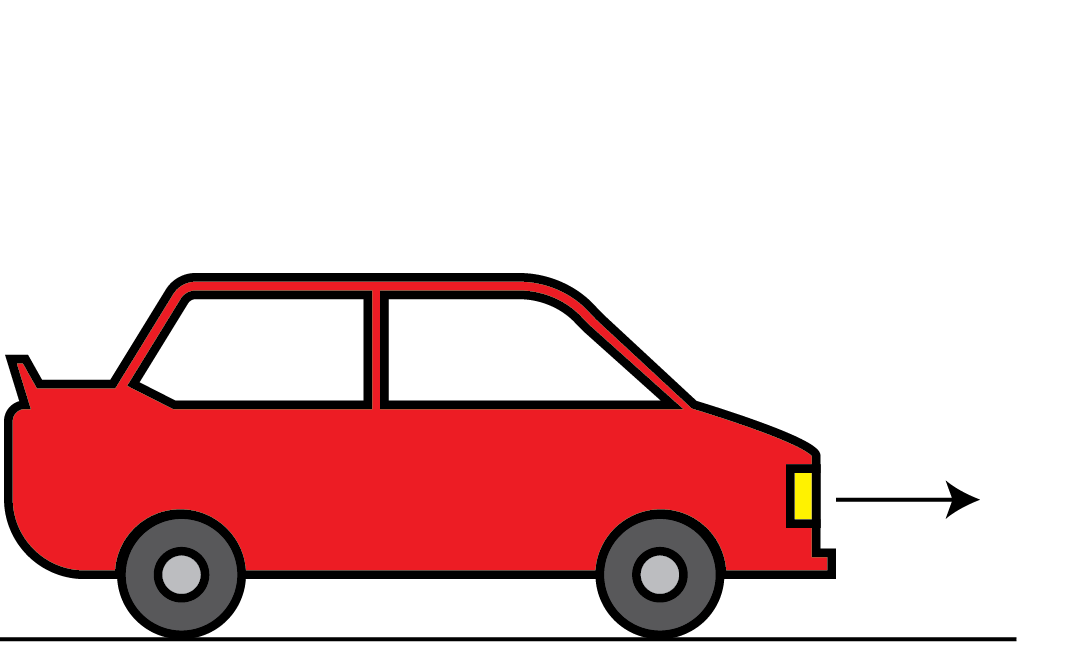
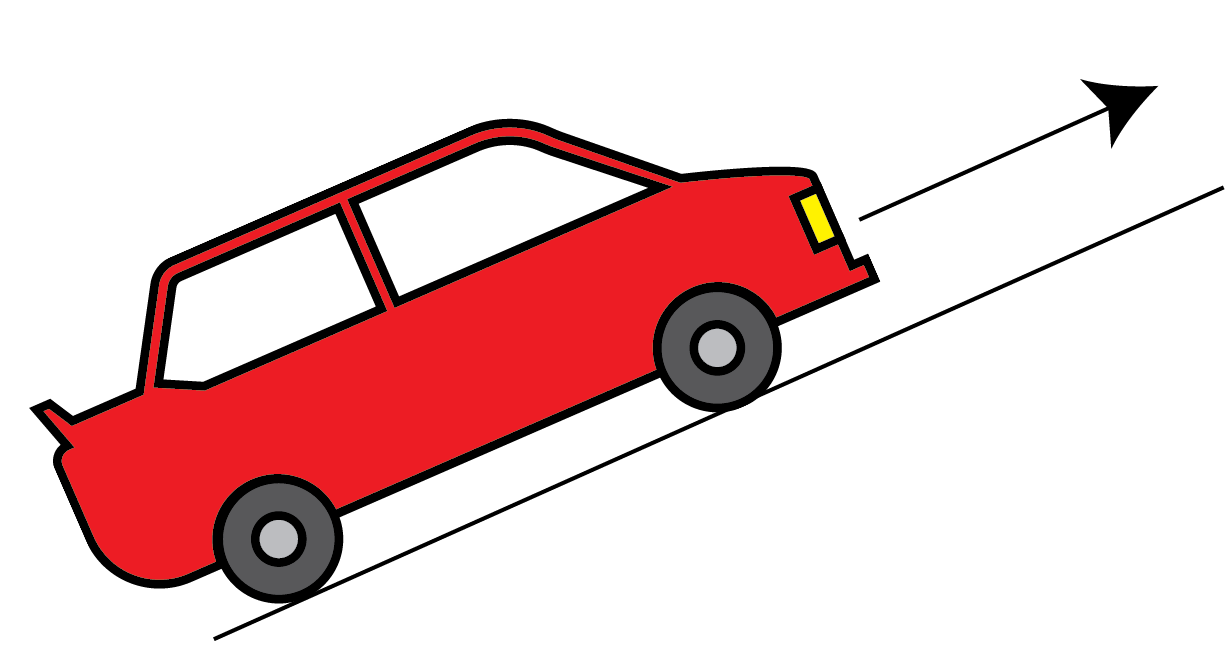
Automatic gearshift in E. coli allows the motor to adapt to changing loads
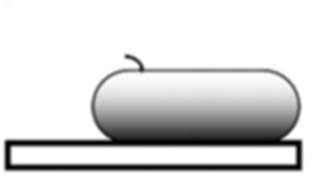
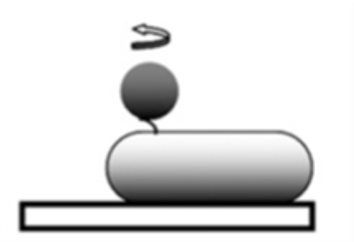
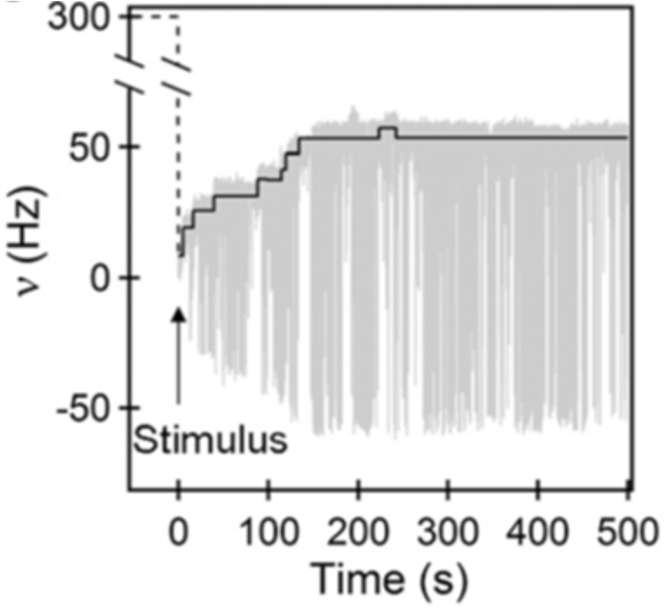
What is the physical and molecular mechanism underlying this automatic gearshift?
Electrorotation allows full control on motor load
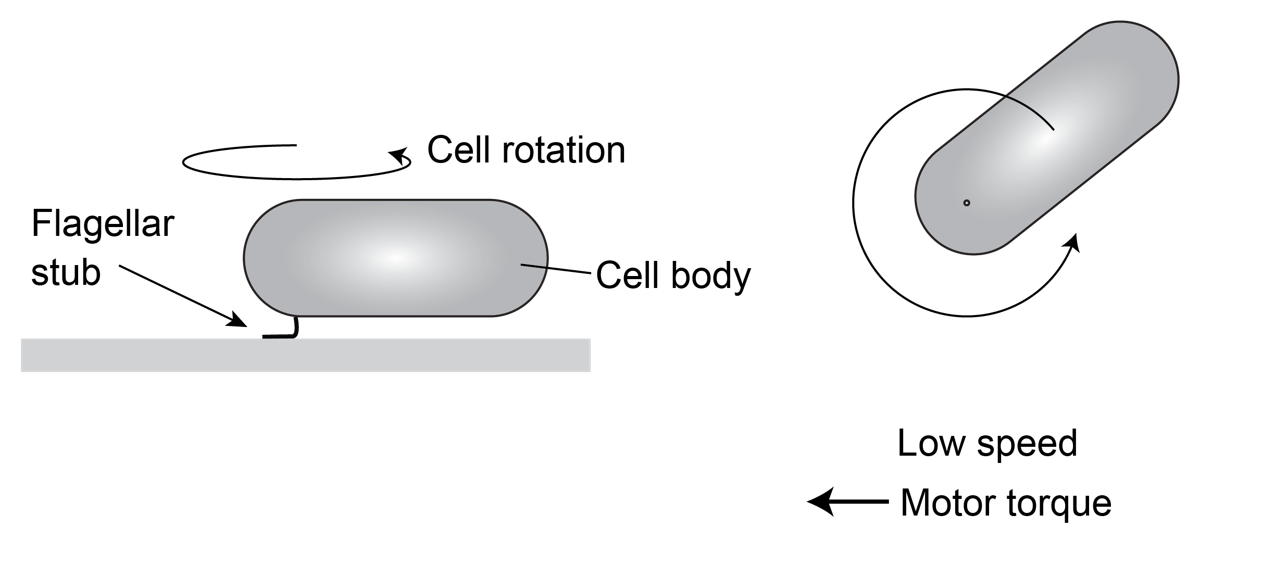
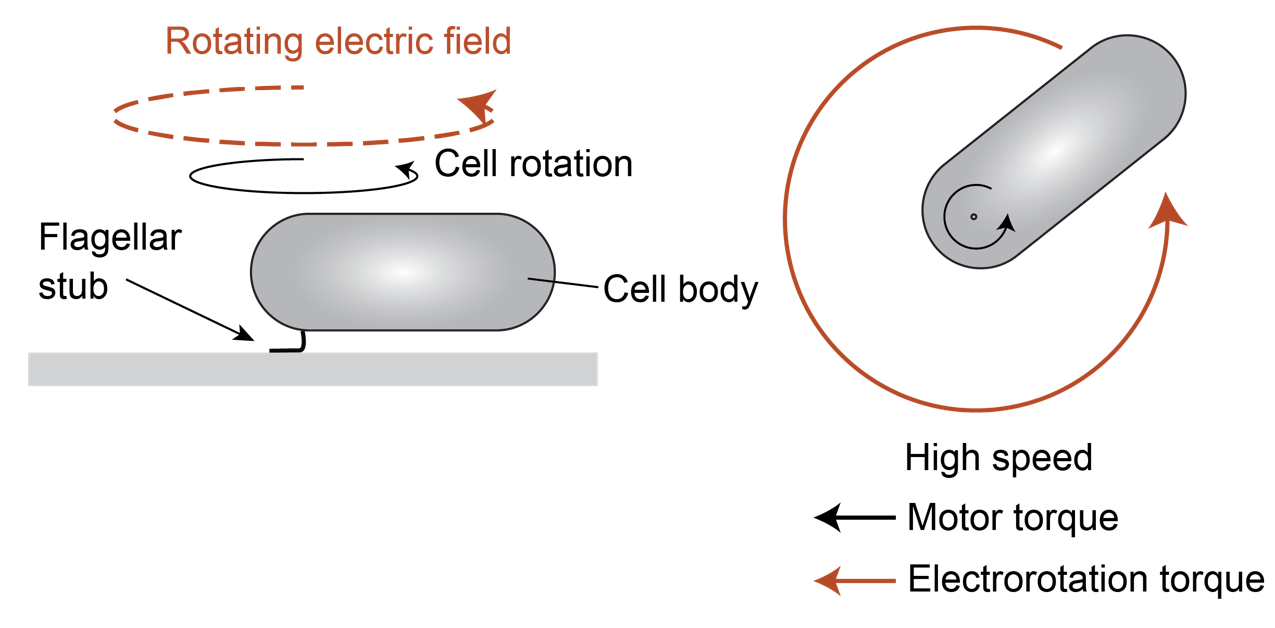
Instantaneous
Reversible
Controllable
Electrorotation allows full control on motor load
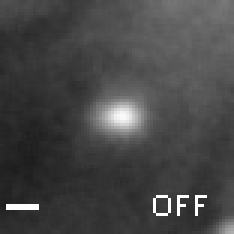
A change in load triggers stepwise changes in motor speed
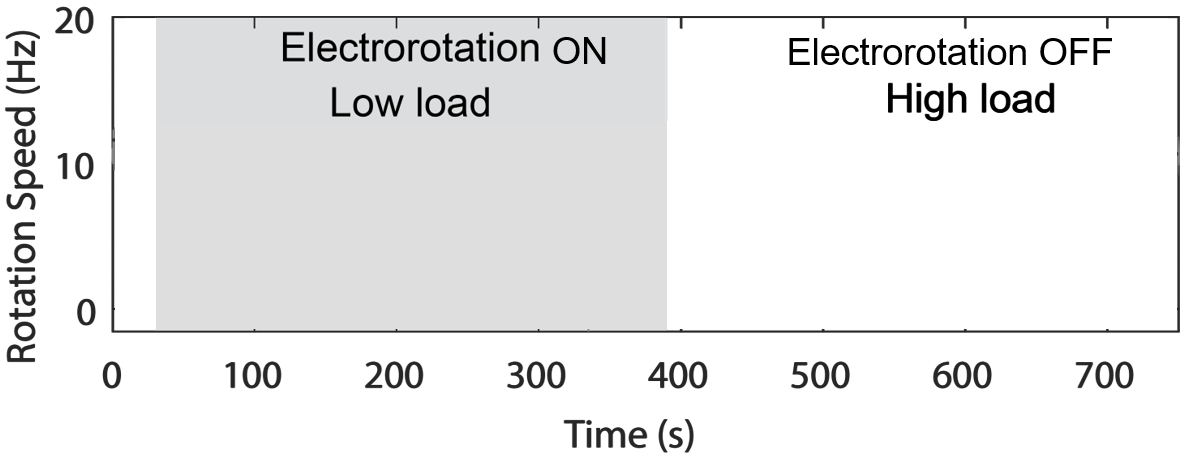
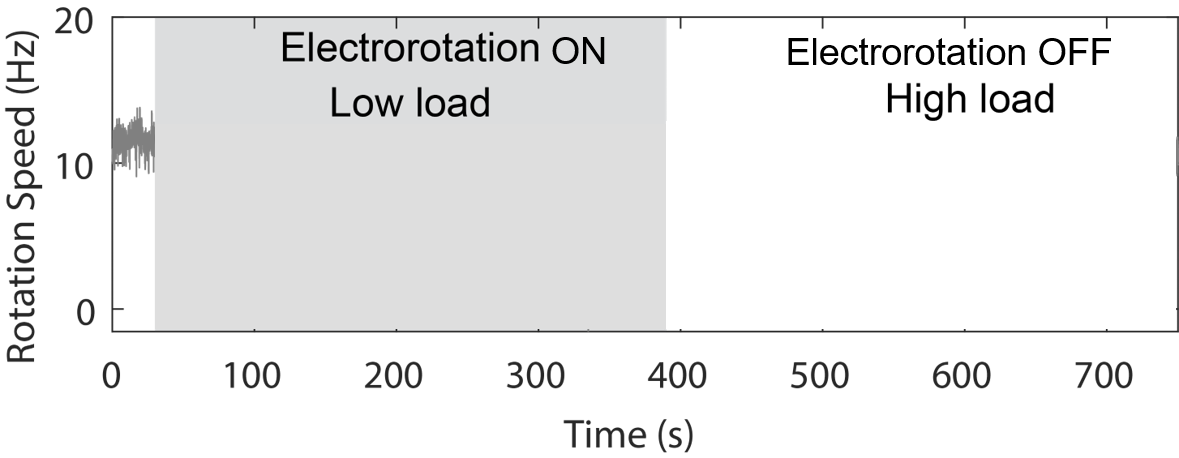
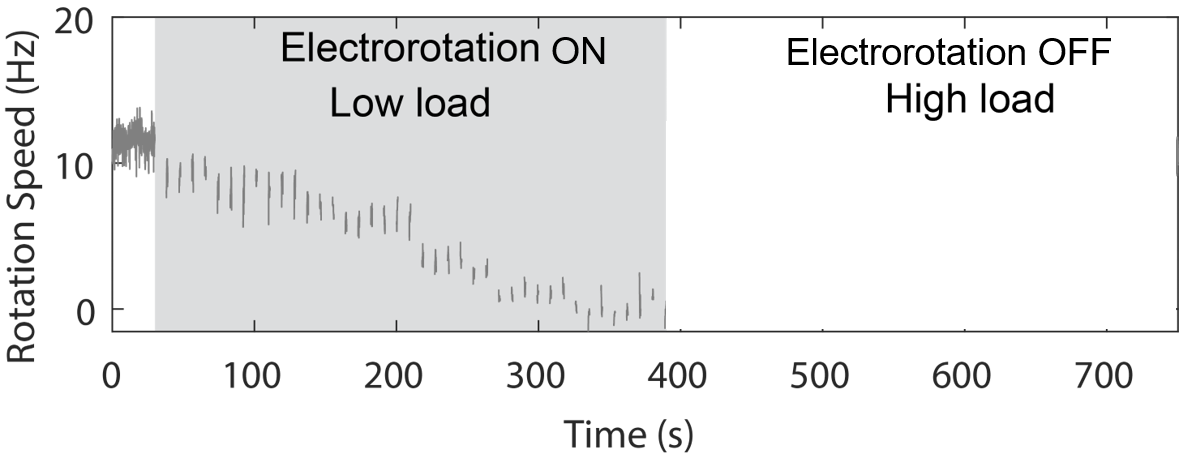
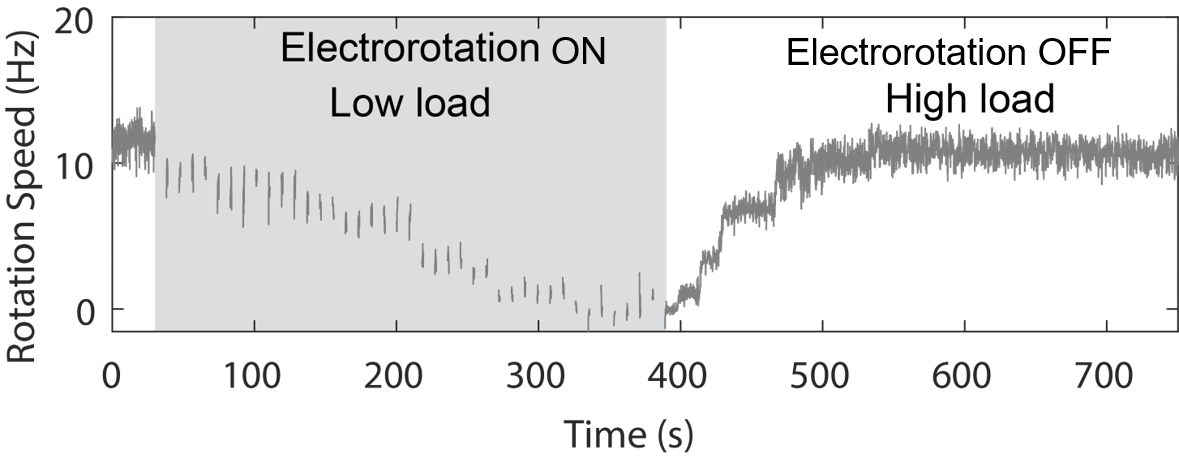
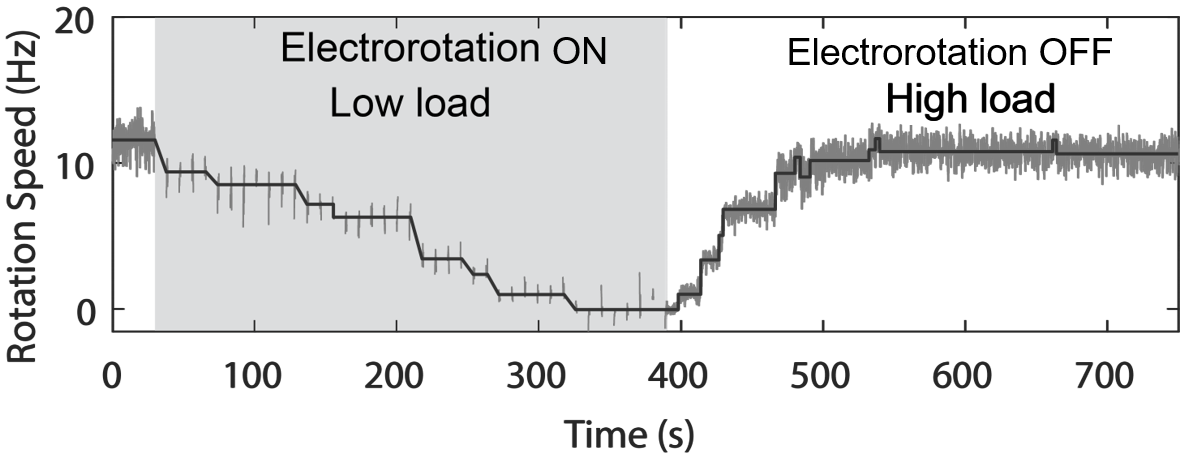
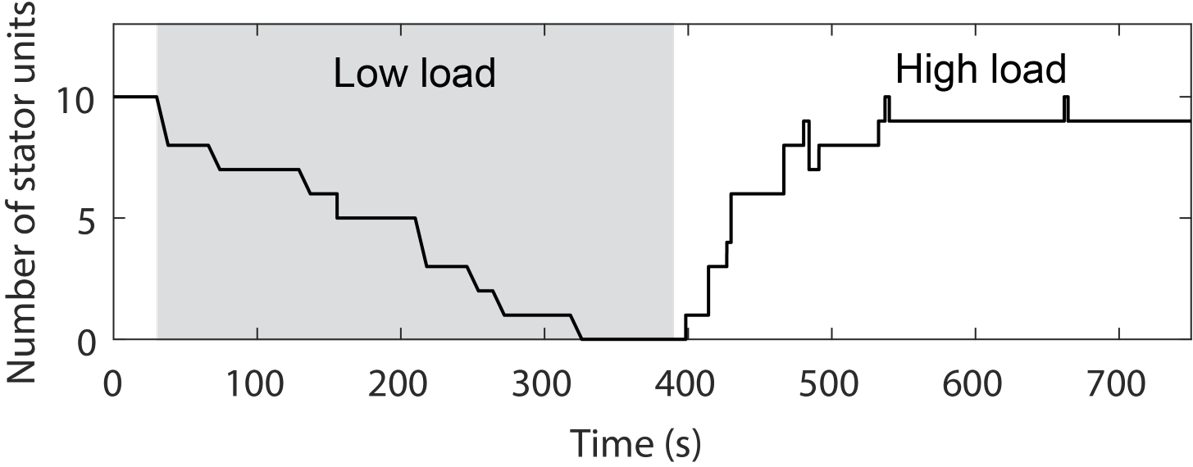
The stator remodels in response to load change
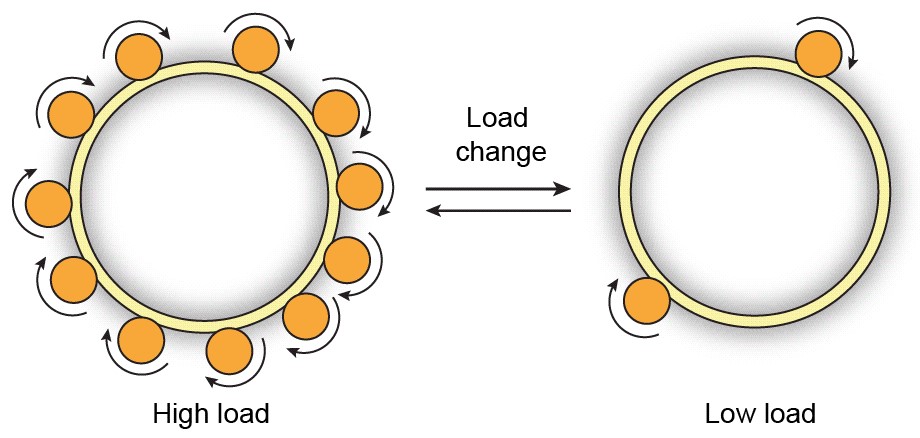
Wadhwa et al., PNAS, 2019
Lele et al., PNAS, 2013
Nord et al., PNAS, 2017
Remodeling kinetics vary with electrorotation speed
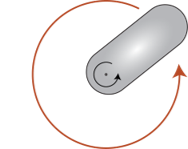

Higher electrorotation speed leads to lower torque
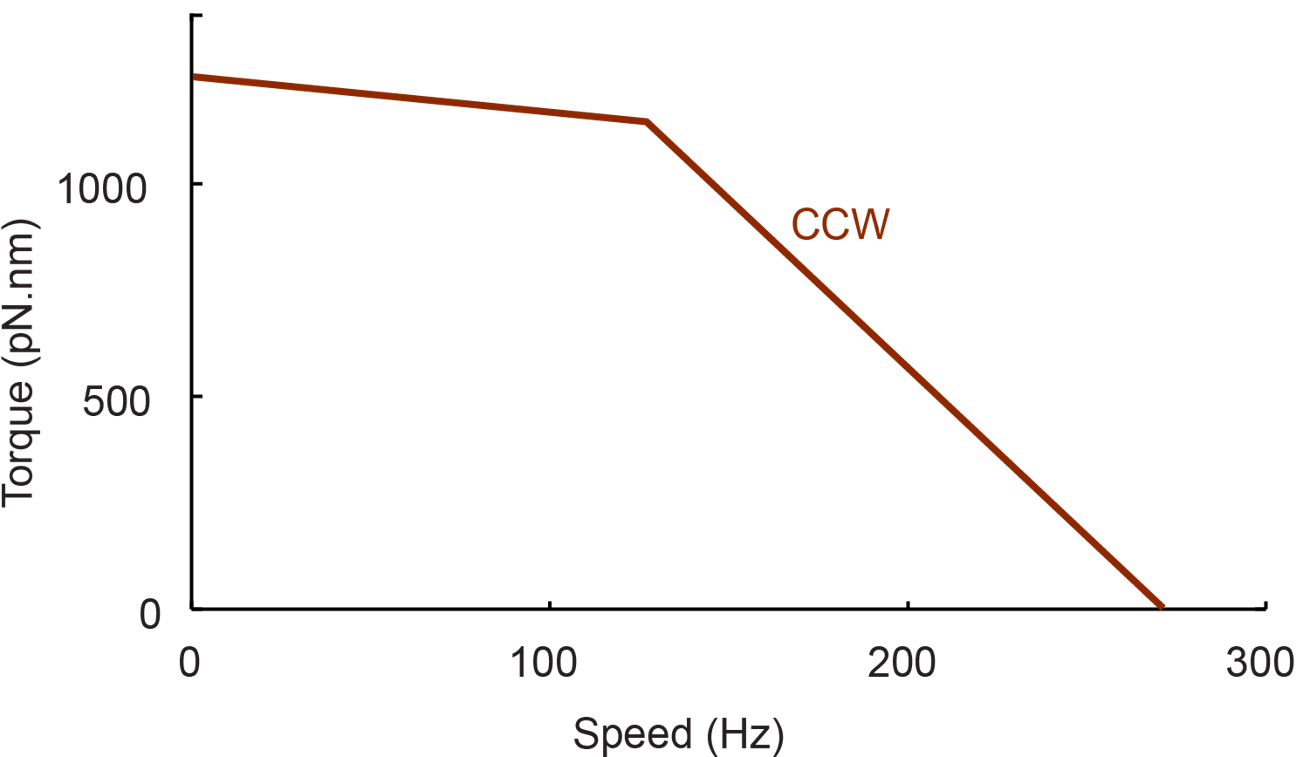
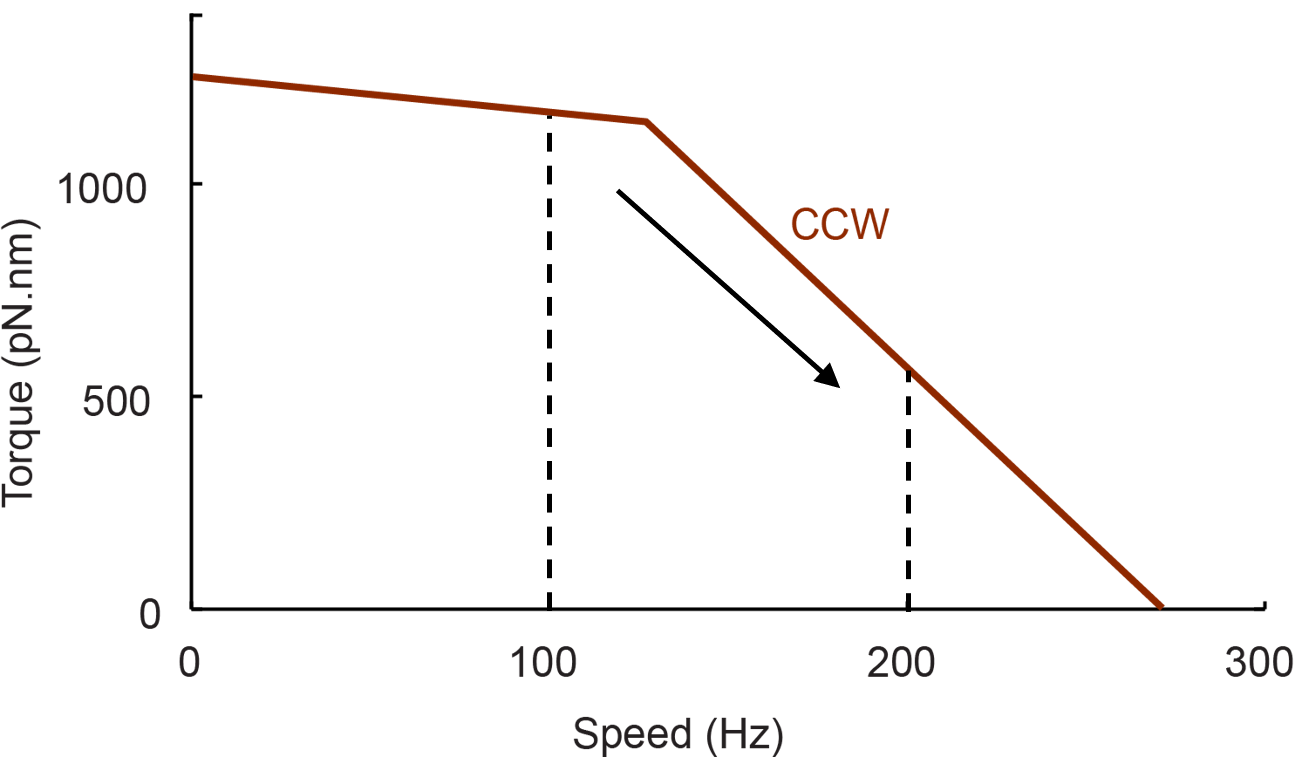
Hypothesis
Stator remodeling depends on torque
The off-rate decreases with torque
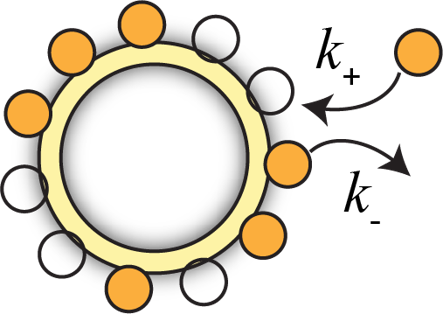
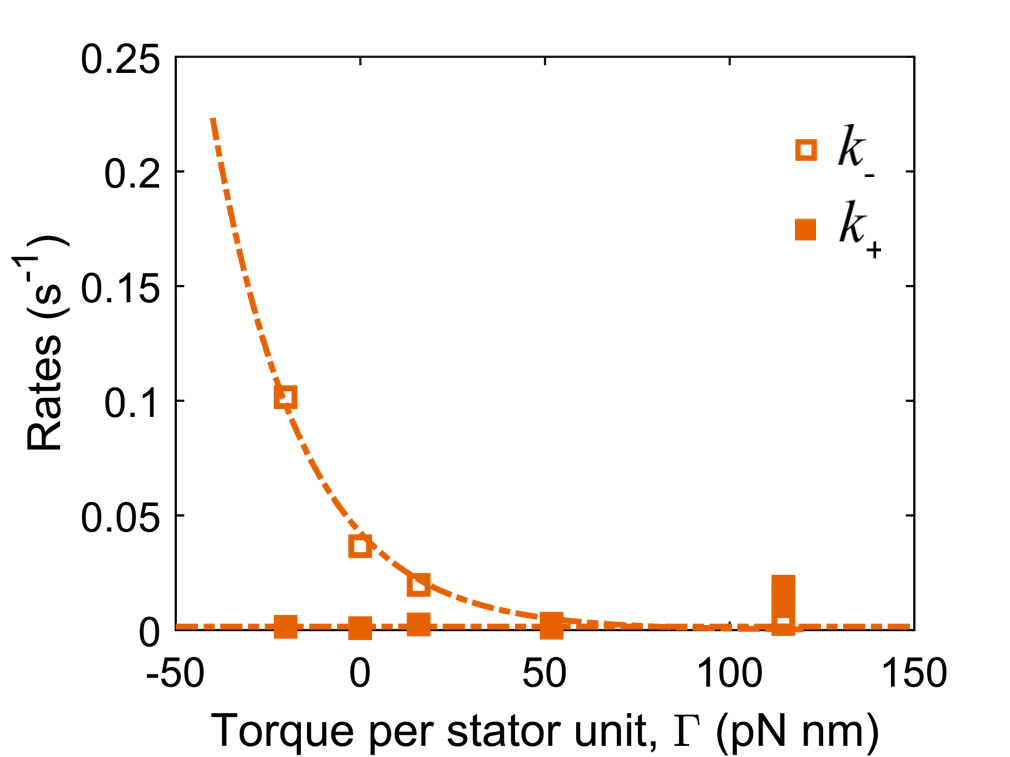
Collapse of CCW and CW data validates the model
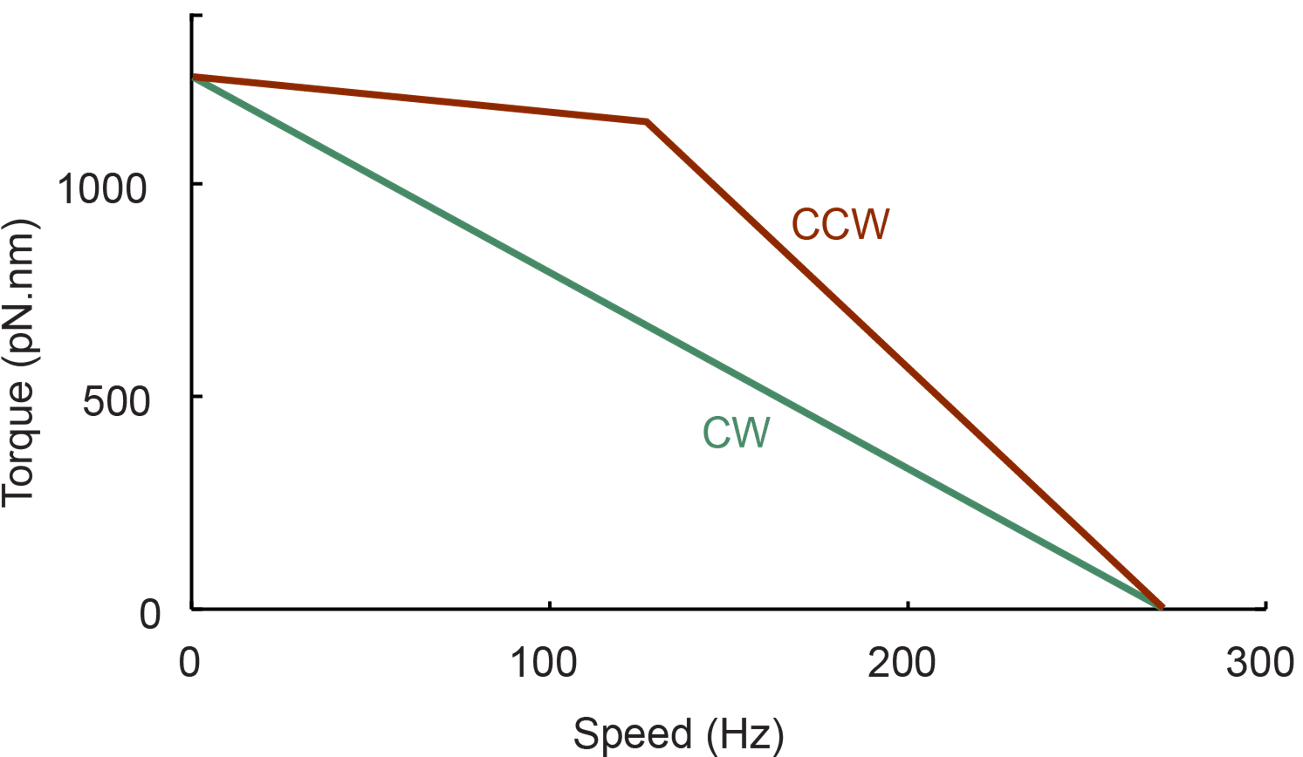
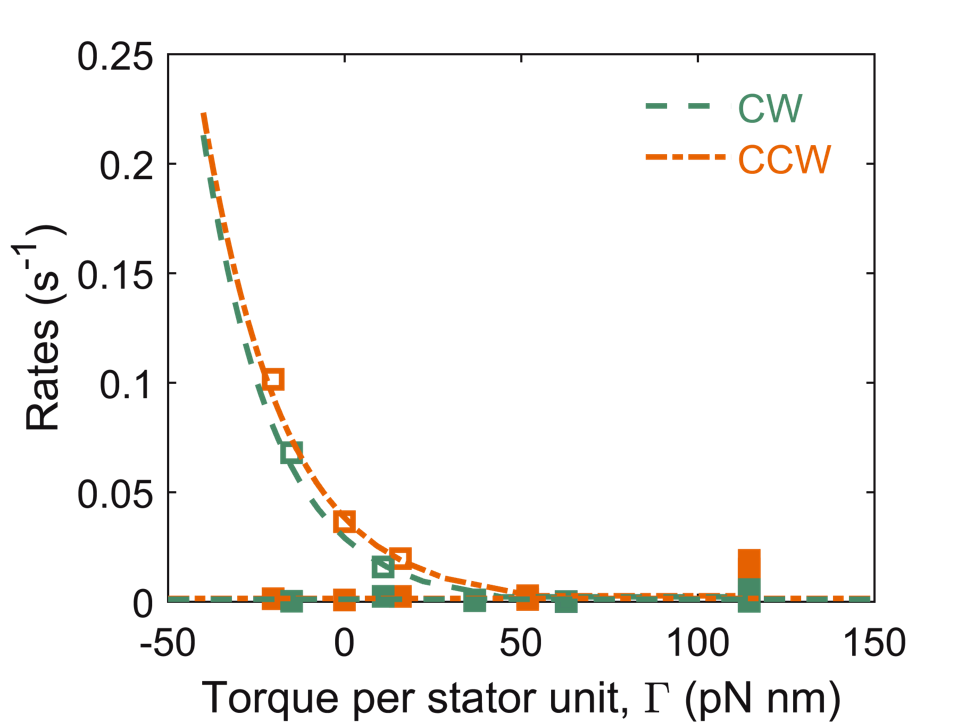
Molecular mechanism for torque-dependent unbinding rate
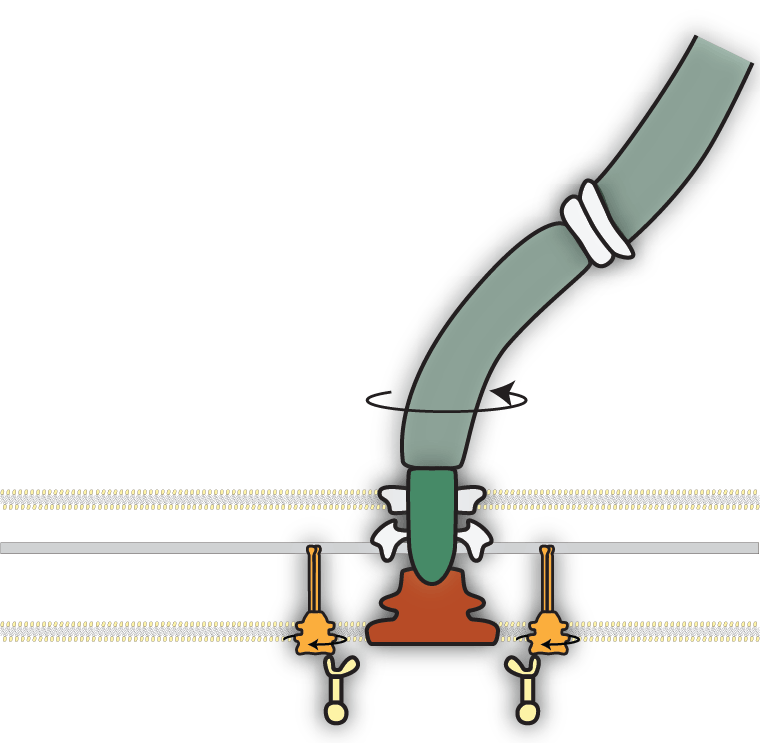
Low torque
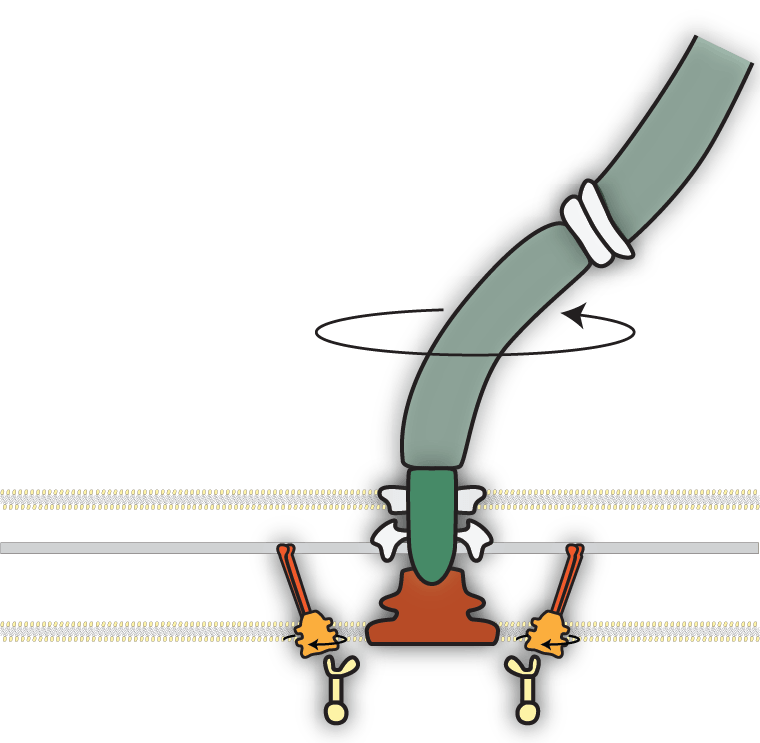
High torque
Conclusions and perspective
